Poet Do Thanh Dong was born and raised in Tho Ngoa village, Bac Gianh ward, in a farming family and inherited his father's poetic talent from a young age. He is a member of the Vietnam Writers Association and the Quang Tri Province Literature and Arts Association. With his passion for poetry and literature, Do Thanh Dong has published many impressive collections of poems and is a familiar face to artists and poetry lovers across the country.
The image of the mother is a profound source of inspiration throughout Do Thanh Dong’s writing career. That inspiration comes from the sincere love and deep gratitude of a child. Therefore, the poems he writes about his mother are first and foremost poems dedicated to his own beloved mother.
The upcoming poetry collection “Luc Bat Me” is the crystallization of those sacred feelings. Despite having achieved much success with modern poetics, Do Thanh Dong chose to return to the traditional Luc Bat verse form when writing about his mother. This choice is not random, but an artistic intention to fully express the rustic, intimate beauty of maternal love.
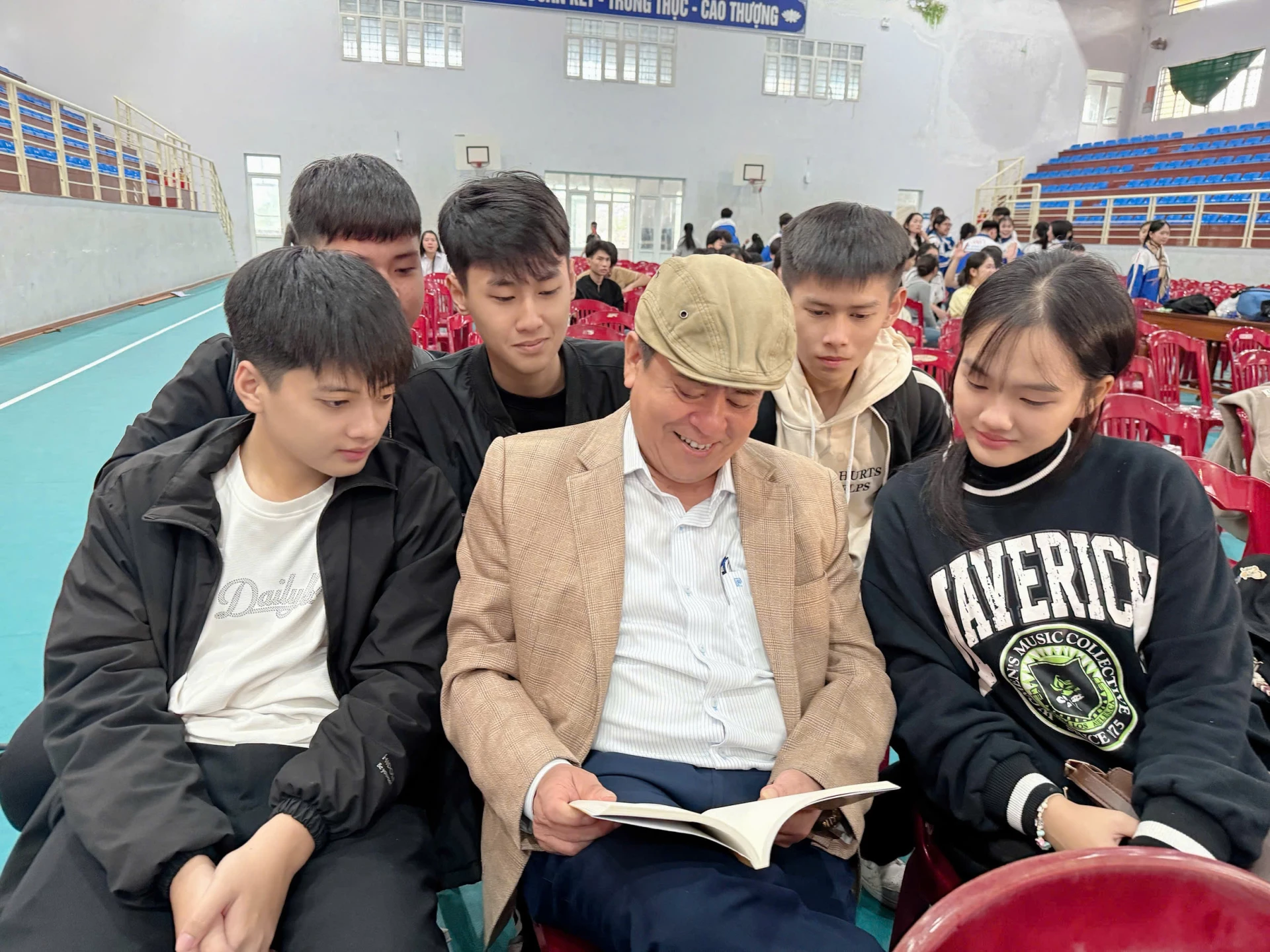 |
| Poet Do Thanh Dong shares the poem "Mother's Heel" with young people - Photo: Nh.V |
Sharing about the poem “Mother’s Heel”, poet Do Thanh Dong confided: Every time the north wind comes, I remember the low-lying fields of Tho Ngoa village. That is a land of acid and alum, deep depressions, where only wet rice can be grown, where farmers’ heels are covered with pale yellow alum all year round. The image I love most is the rice seedlings. Every winter, my mother’s heels crack and bleed. She sits holding her painful feet but still worries that “the contracted fields must be on time”. That situation of “working is hard, not working is also impossible” makes me feel restless. Now my mother has gone to the afterlife, the contracted fields have been divided into lots. I miss my mother so much, many nights I can’t sleep. The poem “Mother’s Heel” just keeps flowing.
At the beginning of the poem, the author skillfully uses parallelism to convey emotions, placing the cold of the sky and earth (the cold curls the treetops) next to the cold that is deeply engraved in the mother's skin. "Every time the cold curls the treetops/is when mother's heels are cracked/her steps at the end of the yard are painful/mother looks at the spring rice beds and sighs."
With just four lines of poetry, the author describes the harsh reality when mother has to struggle with the weather. The image of cracked heels is proof of a hard life. The most touching point of the poem lies in mother's "sigh". Mother does not sigh because of painful heels but because of worrying about the "spring rice beds" that are writhing in the cold. That hardship is repeated over and over again because of the characteristics of the land: "My hometown has wet rice fields / all year round mother's heels do not fade the color of alum". If winter makes mother's heels cracked, other seasons stain her heels and toenails "alum color" that cannot be washed away. That is the color of soil, of water, of diligence in the rain and sun. The author does not describe mother's whole figure, but chooses a "valuable" detail: "mother's heels". This is the body part that is in direct and most exposed contact with soil, mud, and water.
Faced with that reality, my mother did not complain but smiled gently because she believed that "old age becomes familiar". That was the smile of acceptance and tolerance of someone who had found peace even in hardship. The saying "few people are praised for their pink heels" was both a joke and a truth, both acknowledging the reality of farmers and containing a self-respectful affirmation. My mother's "old age" was the beauty of labor, of life, more precious than any silken beauty. Even when the crack in her heel was "bleeding", my mother's worry was not for herself but only for being late for the harvest. My mother was like that, living her whole life for others.
In the face of hardship, the love between husband and wife shines like a bright spot. That is the moment when “mother brought torn clothes to wrap around her feet” while “father exposed his skinny back”. The mother’s sacrifice touched the compassion of her partner. The father had to “beg mother several times/not to damage the love between husband and wife”. The father’s words are an expression of love and respect. The mother’s actions are an expression of sacrifice. Between them, there is not a single word of complaint, only the sharing of joys and sorrows, a simple love woven from silent sharing, steadfast in hardship.
The last verse closes the poem with a contrast and a lingering continuity. The daughter, the next generation, when returning to her hometown, also “wades down to the fields” but not with cracked, alum-stained feet but with “red heels and red lips”. The image of the child’s “red heels” and the mother’s “alum heels” of the past speaks of the contrast between the present fullness and the past hardship. The child’s “red heels” are the continuation, the result of a lifetime of mother’s sacrifice. The child’s life is now full but there is no longer a chance to compensate for mother because mother has “lying under the young grass”. The last verse of the poem “how many mother’s heels are still green” is a meaningful image. Mother has returned to the earth, embraced by nature (the young grass), but her lifelong sacrifice and hard work have not disappeared, but have transformed and sprouted into the eternal “green color” of life and peace. That "green" is both the color of the "new grass" on the grave and the color of the rice fields, of the life that mother cultivated all her life.
The poem “Mother’s Heel” by Do Thanh Dong conquers readers with its simplicity and authenticity. With simple language, delicate details and sincere emotions, it has instilled in people’s hearts respect and gratitude for rural mothers. From the images of “cracked heels”, “alum color”, “torn clothes”, the author touches the depths of maternal love. The poem is touching not with polished words, but with the child’s understanding of the sacrifices of his mother.
Reading “Mother’s Heels”, we see not only a mother, but also the image of a whole generation of hardworking Vietnamese women. The heels that have gone through the cold winter, through the hard harvest seasons, have turned into “green” to support their children’s steps into life. That is the immortal symbol of silent sacrifice.
Nh.V
Source: https://baoquangtri.vn/van-hoa/202511/tu-got-phenden-sac-xanh-fe4684f/


![[Photo] Ca Mau "struggling" to cope with the highest tide of the year, forecast to exceed alert level 3](https://vphoto.vietnam.vn/thumb/1200x675/vietnam/resource/IMAGE/2025/11/04/1762235371445_ndo_br_trieu-cuong-2-6486-jpg.webp)
![[Photo] Ho Chi Minh City Youth Take Action for a Cleaner Environment](https://vphoto.vietnam.vn/thumb/1200x675/vietnam/resource/IMAGE/2025/11/04/1762233574890_550816358-1108586934787014-6430522970717297480-n-1-jpg.webp)

![[Photo] Panorama of the Patriotic Emulation Congress of Nhan Dan Newspaper for the period 2025-2030](https://vphoto.vietnam.vn/thumb/1200x675/vietnam/resource/IMAGE/2025/11/04/1762252775462_ndo_br_dhthiduayeuncbaond-6125-jpg.webp)

![[Photo] The road connecting Dong Nai with Ho Chi Minh City is still unfinished after 5 years of construction.](https://vphoto.vietnam.vn/thumb/1200x675/vietnam/resource/IMAGE/2025/11/04/1762241675985_ndo_br_dji-20251104104418-0635-d-resize-1295-jpg.webp)


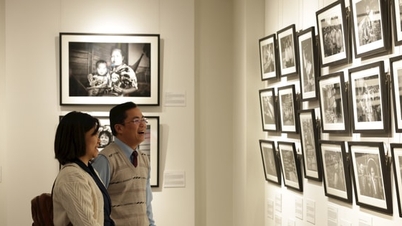





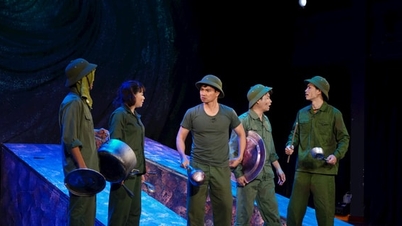





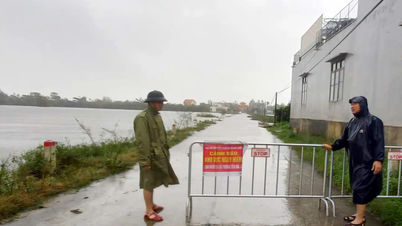

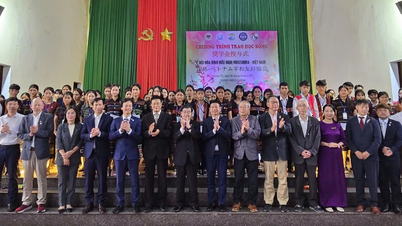
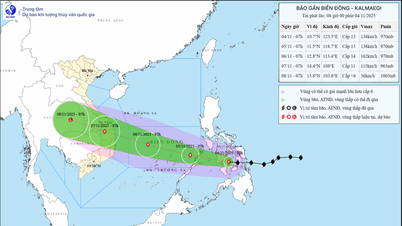
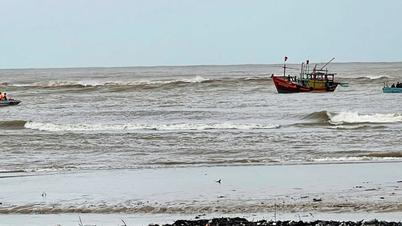






































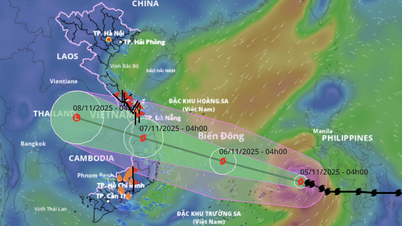















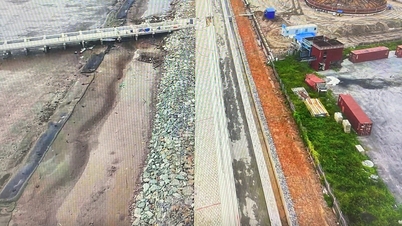
















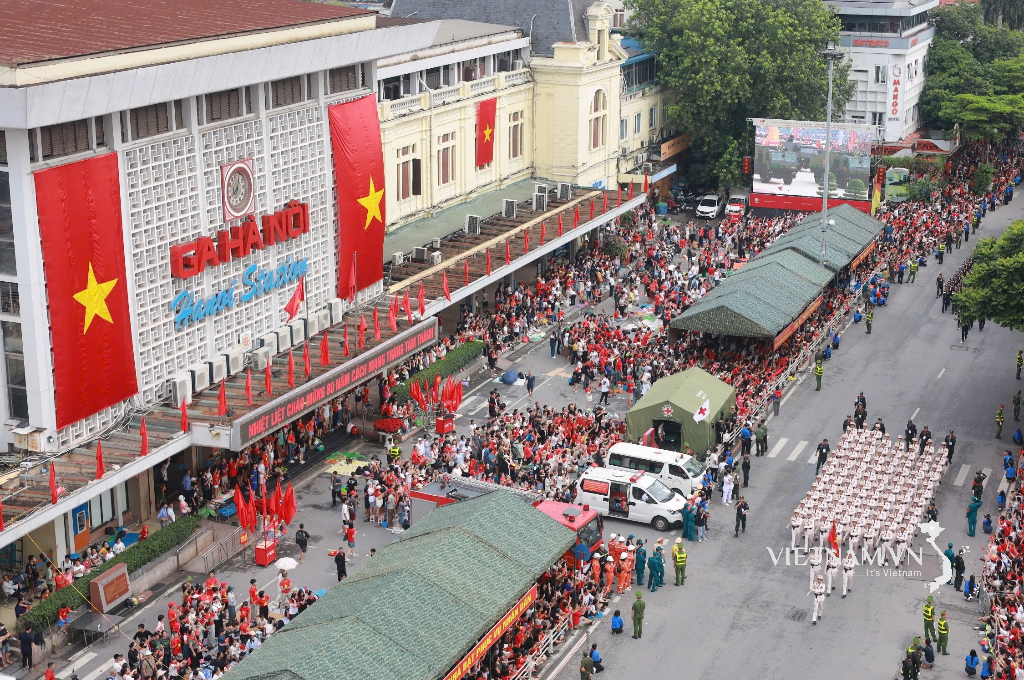


Comment (0)